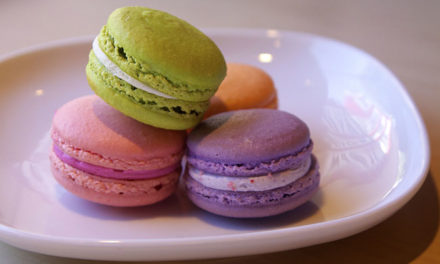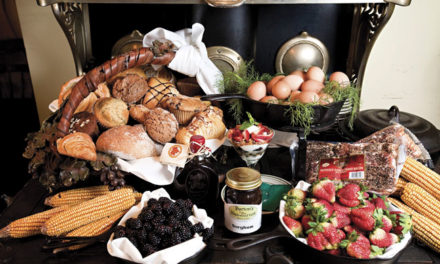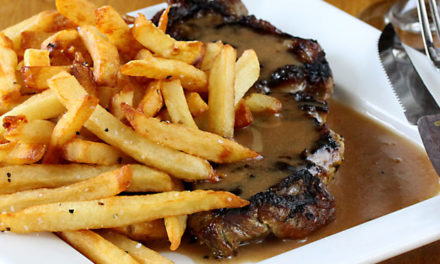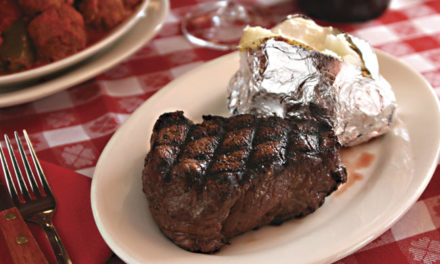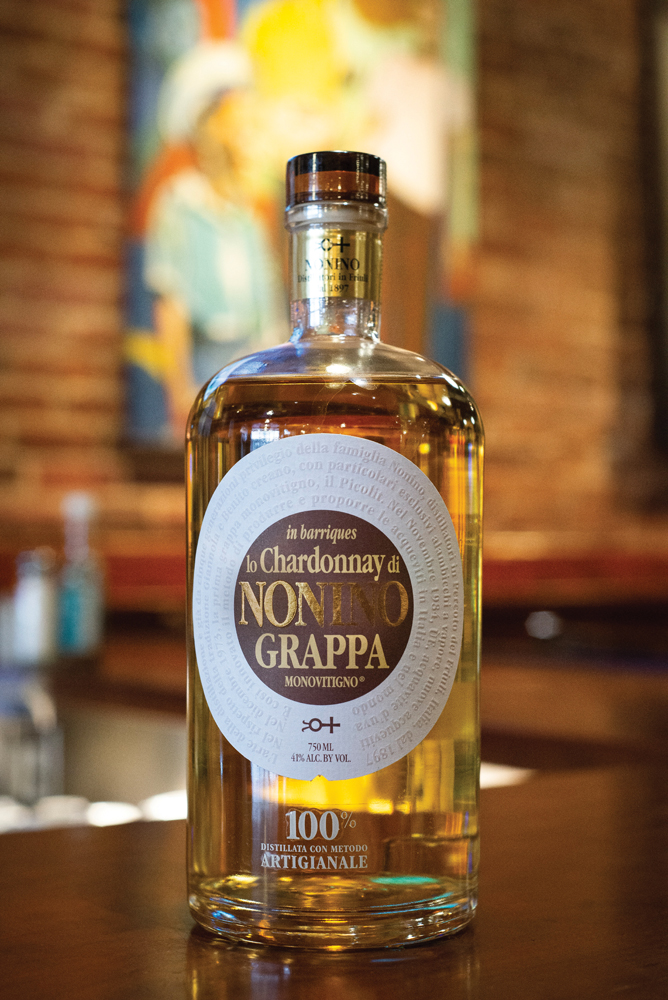
BY JACK BAKER
Grappa is a misunderstood drink in this country and deserves more positive attention than it gets. I ask friends to try it, but after one sniff (the braver ones take a taste) they wrinkle their noses and push it away, the scaredy cats.
In Italy, grappa is taken in a small glass as a digestivo to settle the stomach after dinner; added to espresso to make a caffè corretto, a “corrected coffee”; or drunk immediately after espresso as an ammazzacaffè, a “coffee-killer” to dull the coffee taste or its caffeine effect.
Grappa, like other brandies, is made from grapes through a steam-distillation process. It differs from other brandies as it is produced from the waste remaining after the first juice is pressed and taken away for winemaking.
It’s a poor man’s drink that developed in northeastern Italy during the Middle Ages. Workers were given the leftover pomace of grape skins, stems, pulp, and seeds as partial payment for their work. They fermented the pomace and used homemade stills to make a “warmup” drink they called “graspa.”
Italian law directs that all grape pomace must be sold to commercial grappa distillers. Making grappa at home is now illegal, but the practice carries on. When my wife, Jan, and I visited Italy, Jan’s elderly cousin in the city of Bassano del Grappa served us her homemade grappa after lunch.
Lower quality grappa is made from pomaces of mixed grape varieties. Higher quality grappa is made using the pomace of single grape varieties such as nebbiolo, barolo, or muscat. With barrel aging, premium brands can go for $100 or more.
In Italy, a request for grappa will often bring an entire rolling cart to your table, with a dozen or more varieties from which to pick. My favorite was an old baby carriage full of spicy hot grappas at Locanda del Principato, a tiny but excellent out-of-the-way restaurant in Panicarola, Umbria.
Here in Bloomington you can order a small glass of Nonino chardonnay grappa ($8) at The Uptown Cafe, a barrel-aged, premium grappa with flavors of briar, almond, and chocolate.
In southern Indiana, Huber’s Starlight Distillery uses traminette grapes to make its refined and focused grappa ($24.99 for 500 ml).
Trust me, grappa is good with a dipped biscotti, sipped with a brownie, drizzled onto ice cream, or mixed into whipped cream to top a pumpkin pie. And it’s finding its way into a new generation of mixed drinks. Next time, order up a bellini, grappa mojito, or a grappacino.
Don’t be a scaredy cat. Try it—you might like it. And I’ll drink to that.


